I’ve made mention before of the Lovecraft Circle, the group of visionary young American writers who, in the early years of the 20th century, contributed their horror stories to pulp magazines such as Weird Tales and Black Cat. Whilst Robert E Howard and H P Lovecraft himself would go on to become the most famous of these authors, of all of them Clark Ashton Smith was perhaps the most gifted writer. Smith actually thought of himself primarily as a poet and only turned to prose due to the meagre financial rewards that his poetry had garnered. Even so, his longer work is marked chiefly by an extraordinarily wide and ornate vocabulary, a sort of ‘fleshed out’ version of his poetry, in which plot and characters are subservient to his literary milieu. Individually, Smith’s highly imaginative, genre-spanning visions of worlds of fantasy, horror and science fiction, combined with his profound understanding of the English language, have earned him wide and lasting acclaim. However, it is his collaboration with other members of the Lovecraft Circle to create a shared universe that is perhaps his greatest achievement. Smith, Howard and Lovecraft were the leaders of the Weird Tales school of fiction, and corresponded frequently although they never met (the writer of oriental fantasies, E Hoffman Price, is the only man known to have met all three in the flesh). Together they created and developed the alternate fictional worlds of Hyperborea, Poseidonis, Averoigne and Zothique, as well as the dark, disturbing and unique Cthulhu Mythos. For most of his life, Smith lived in physical and intellectual isolation in Auburn, California, which earned him the nickname ‘The Bard of Auburn’.
Smith was predominantly self-educated with no formal education after grammar school. He wore out his local library and delved so deeply into the dictionary that his richly embellished, yet precise, prose leaves one with the sense that they are in the company of a true master of language. A precocious literary talent, by 14 Smith had already written a short adventure novel called The Black Diamonds (which was lost for years until published in 2002). Another juvenile novel was written in his teenaged years – The Sword of Zagan (unpublished until 2004). At the age of 19, Smith received international acclaim for the collection The Star-Treader, which was received very favorably by American critics, one of whom named him ‘the Keats of the Pacific’. Smith’s early mainstream fame soon faded away, however, largely due to ill health affecting his literary output in his twenties. As a result, though during his lifetime Smith’s work appeared commonly in the pulp magazines alongside other masters such as Lovecraft, Howard, Hoffmann Price and August Derleth, like many great artists, recognition and appreciation have mostly come posthumously. In recent decades though, a resurgence of interest in Smith has lead to numerous re-printings of his work as well as scholarly re-evaluation. In particular, Smith is now recognized as no mere imitator or follower of Lovecraft. Although Smith, with studied playfulness, borrowed Lovecraft’s coinages of the names of strange gods and places for his stories, he did so with his own uniquely morbid vision, which was characterized by florid prose and a detailed attention to setting. Indeed, so different is Smith’s treatment of Lovecraft’s Cthulhu Mythos that it has been dubbed by some the ‘Clark Ashton Smith-os’.
Like many of the other members of the Lovecraft Circle, Smith’s life was eventually touched by tragedy. In September 1937, Smith’s mother died and he spent the next two months nursing his father through his last illness before he also passed away. By this time in his mid-forties, Smith virtually ceased writing fiction, having been severely affected by several tragedies occurring in a short period of time. Robert E. Howard’s death by suicide in 1936 and Lovecraft’s death from cancer (1937), in addition to the deaths of his parents, left him exhausted and depressed. As a result, he withdrew from the literary scene to live in isolation in a small cabin in Auburn. However, Smith was visited by many writers at his cabin, including Fritz Leiber, Rah Hoffman, Francis T Laney and others. In August 1961, following a stroke, he quietly died in his sleep, aged 68. The Vaults of Yoh-Vombis (click to read!) is probably is one of the two works (the other being The City of the Singing Flame) for which Clark Ashton Smith is most famous.


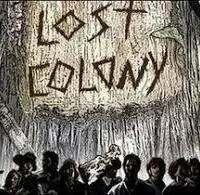
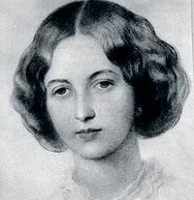


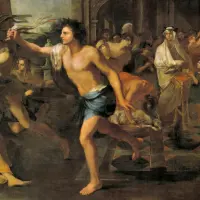
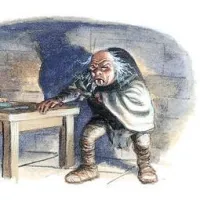
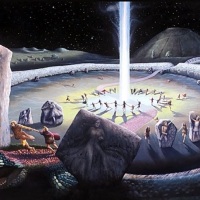



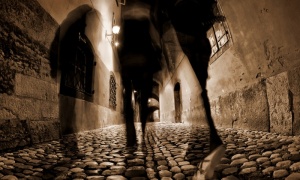


I love HP Lovecraft and his Cthulhu Mythos. He and August Derleth were my favorite of the circle but now you’ve piqued my interest in Smith. I’ll be sure to check him out when I get a chance.